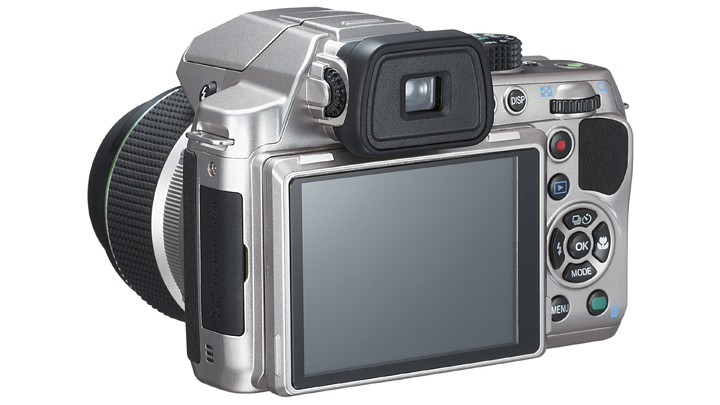Why you can trust TechRadar
Built in the mould of an entry-level DSLR and encompassing a hearty zoom lens, the Pentax X-5 weighs in at unsurprising 600g (21oz) when fully loaded. The added weight offers a sense of reassurance and durability, yet it could deter some, since it's twice as heavy as the average CSC.
The front of the camera fits the elongated lens with a rubberised ring, offering the suggestion of being able to control zoom or focus from here. But sadly this is just for decoration.
A comfortable rubberised grip protrudes from its right, sporting an indented index finger rest, and there's a solid zoom dial on top. Sadly using the zoom control, while impressive in range, doesn't slide in and out of the scene as smoothly as we would have hoped. Instead, chunky incremental jumps are made, even with the gentlest of nudges to the dial.
Holding the camera is made steadier and more comfortable by the large grip, which smuggles four AA batteries and a memory card in its underbelly.
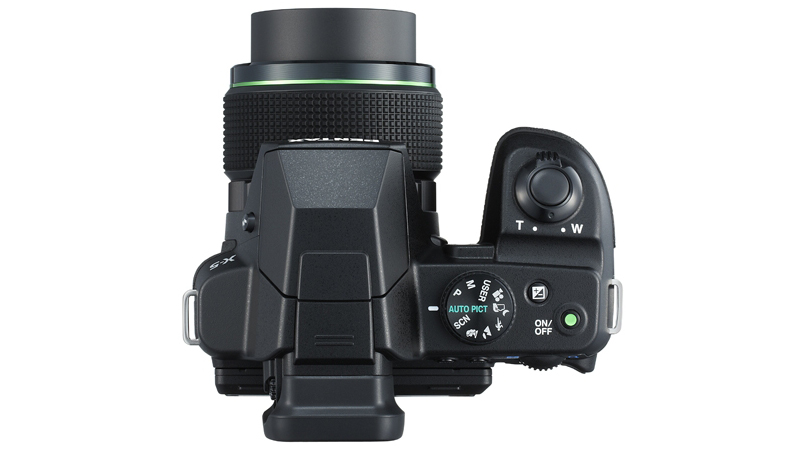
While some photographers may enjoy the flexibility of AA batteries, many may lament this decision, which can be more costly in the long run. We found that a set of fresh top-brand batteries yielded around 400 shots, yet four rechargeable batteries only provided sufficient power to execute around 200.
Positioned next to the rather flimsy battery compartment door is a plastic thread for tripod mounts.
Looking at the top of the Pentax X-5 we find a pop-up flash and familiar looking shooting dial that houses Manual, Program, Movie, Auto Picture, a customisable 'User' mode and Scene modes.
Auto Picture automatically selects between 16 presets such as portrait, landscape and macro. There are 19 scene modes, including all the stable choices plus more unique offerings such as Digital Wide and Stage Lighting. Also included are shortcut options for Handheld Night, Sport, Landscape and Portrait.
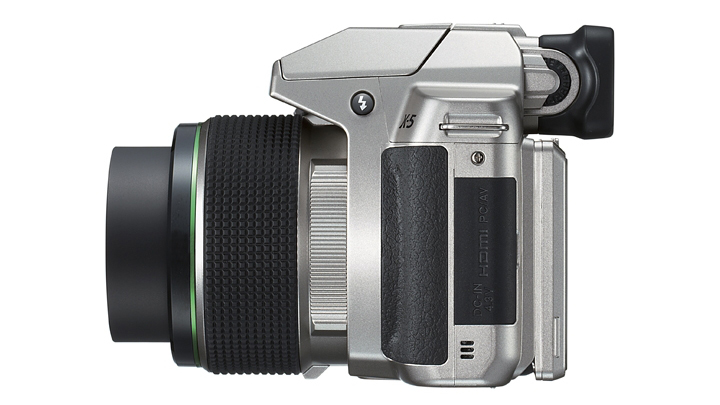
While there is enough shooting choice in the Pentax X-5 to tantalise most levels of photographer, we can't help noticing obvious weak spots - notably the startling absence of shutter priority and aperture priority modes.
These modes arguably act as the essential stepping stone for many novice shooters looking to bridge the void between auto modes and full manual control, which is surely one of the main purposes of a bridge camera.
Furthermore, despite the adoption of manual features, there is no support for raw file shooting - instead we are merely given the choice of three JPEG qualities.
When it comes to shooting with the Pentax X-5, auto modes are pretty straightforward, and there are no eye-raising flaws that surface.
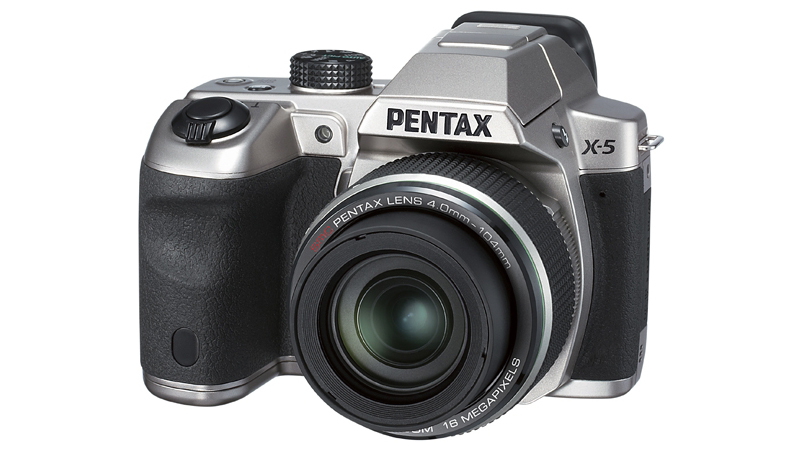
But the same can't be said for Manual, which sadly lacks the same intuitiveness that many of the new breed of manual-mode-clad compact cameras offer. You toggle between speed and aperture by using the exposure compensation button, then have to rotate the rear dial to select values.
No issues there, but while we found it possible to vary the shutter speed in incremental steps, when it comes to moving the aperture in stops, you only have the choice of two extreme variables, which change depending on the focal length.
So realistically the Manual mode is better suited to those with a preference for shooting in shutter priority mode.
The rear of the Pentax X-5 features a 230k dot electronic viewfinder with dioptre and a 3-inch articulating 460k dot LCD display. Despite the fact that most average compact cameras now brag a screen resolution of 920k dots, we found the Pentax X-5's monitor to be pleasingly bright and clear.
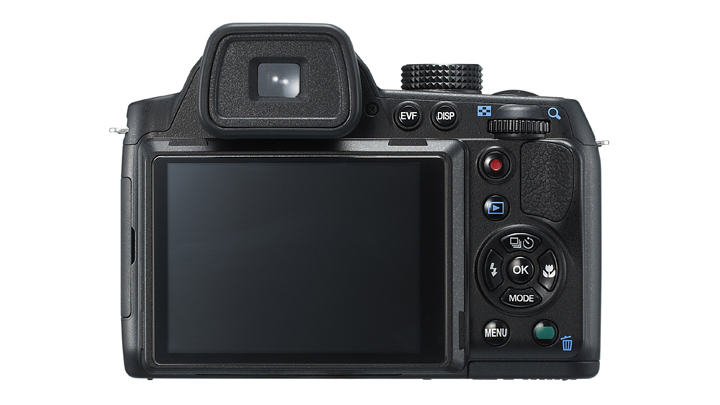
Plus, thanks to its anti-reflective coating and tilting design, it combats glare efficiently in most lighting scenarios.
Elsewhere on the reverse of the camera, the placement of a one-touch record button is conveniently positioned for avid movie-makers, but is perhaps edged a little too close to the rear thumb pad, and as such there is a danger of accidentally recording.
The Pentax X-5's D-pad doesn't throw up anything bizarre, and thankfully includes the faithful macro shortcut, since some recent compact offerings by rival brands have noticeably lacked this feature of late.
The camera is adequately responsive, taking just over a second to start up. The shutter takes half a second to respond, and it requires around a second to write the picture to memory before refreshing for the next frame.
